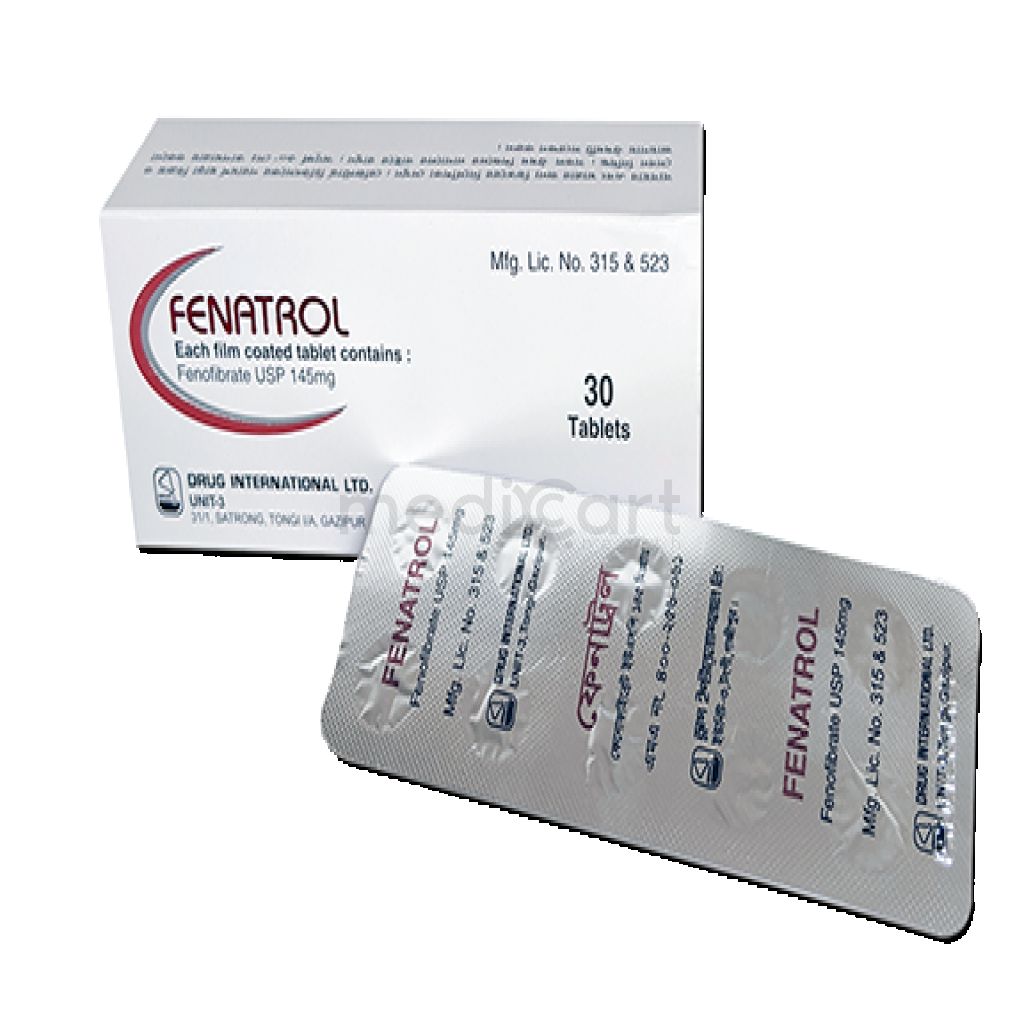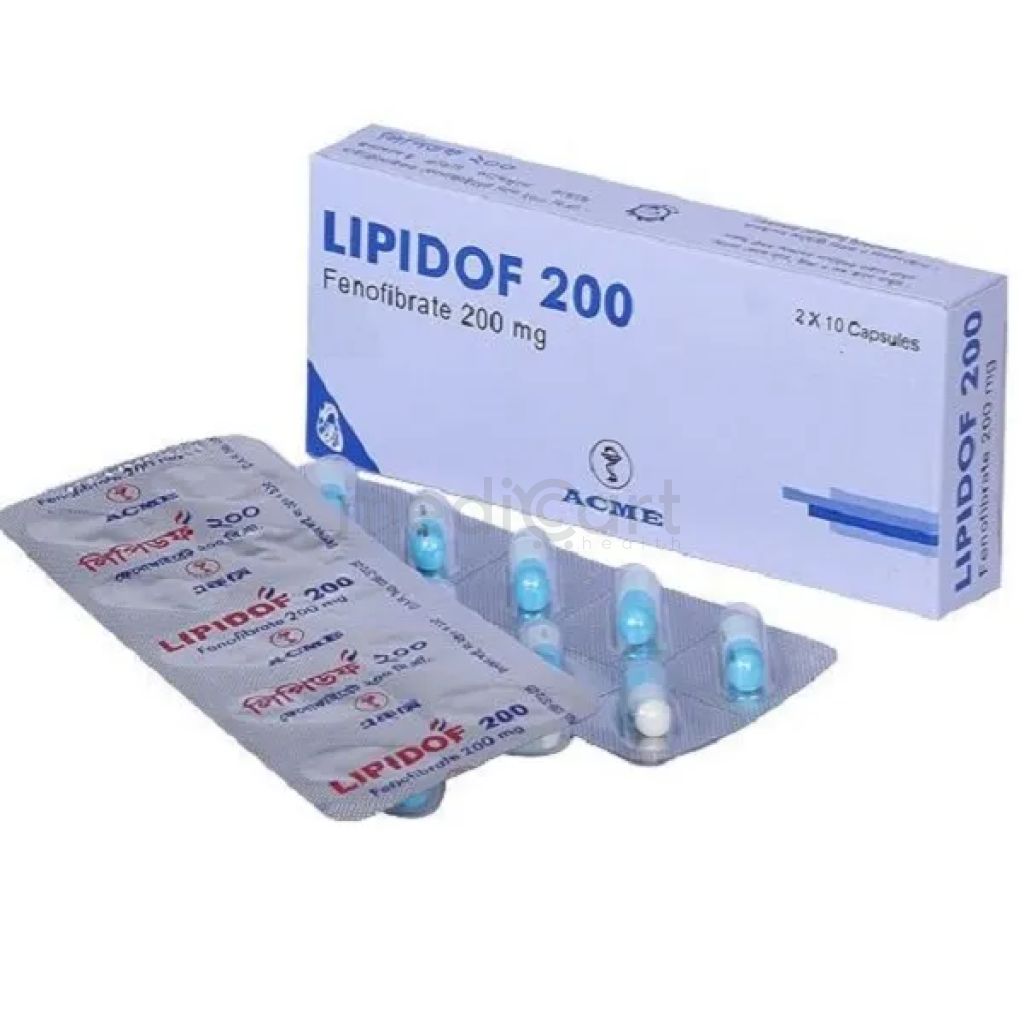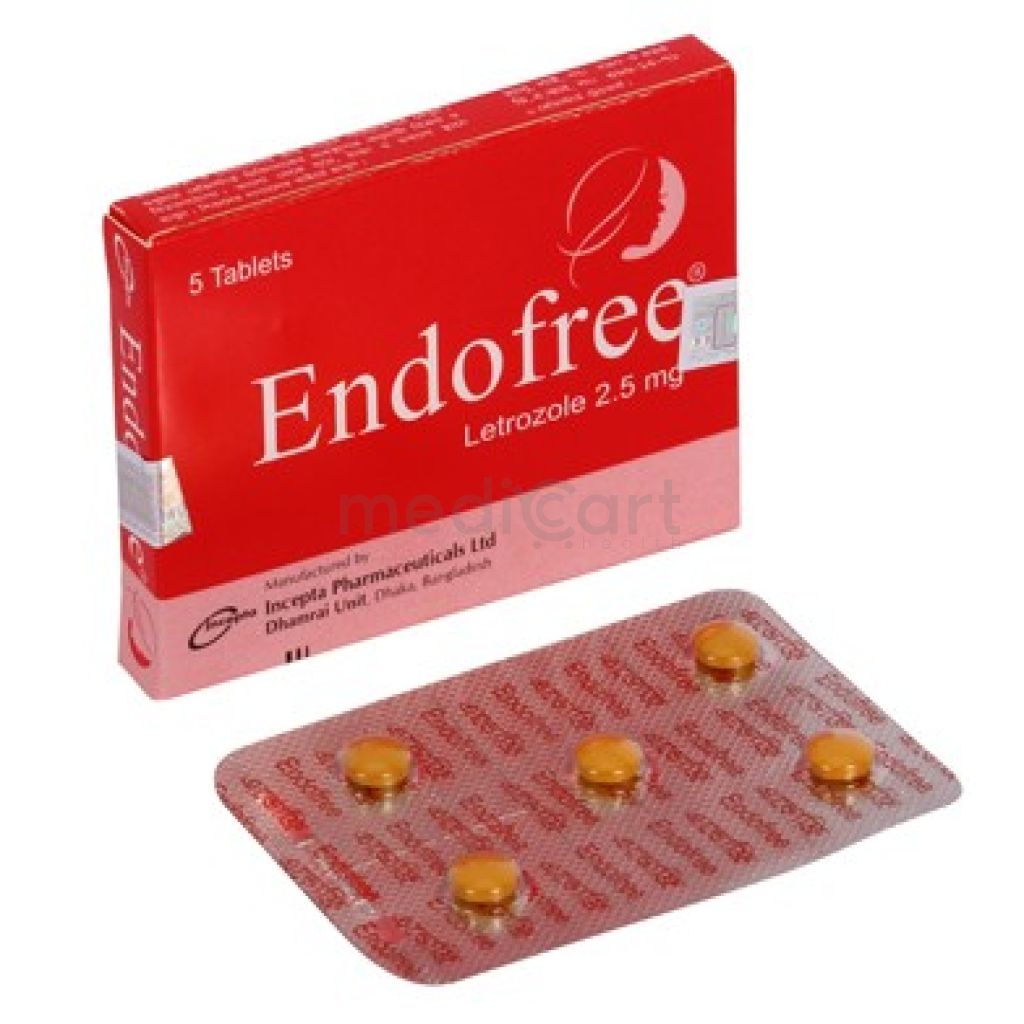

Tigirate - 200mg
Capsule* Delivery will be done in Dhaka city only.
Alternative Product
More Information About - Tigirate - 200mg
Description
Generic Name
Fenofibrate
Precaution
Renal or hepatic impairment. Monitor LFTs and blood counts regularly. Increased risk of cholelithiasis, pancreatitis, skeletal muscle effects. Withdraw treatment if no adequate response after 2 mth of treatment at max recommended dose. Lactation: Unknown if excreted in breast milk; not recommended
Indication
Hyperlipidemia, Hypercholesterolaemia, Hypertriglyceridaemia
Contra Indication
Hypersensitivity; severe hepatic and renal impairment. Unexplained persistent liver function abnormality and primary biliary cirrhosis; preexisting gall bladder disease. Pregnancy, lactation.
Dose
N/A
Side Effect
1-10% Abdominal pain (4.6%),Back pain (3.4%),Increased AST (3.4%),Headache (3.2%),Increased ALT (3%),Increased CPK (3%),Nausea (2.3%),Constipation (2.1%) Potentially Fatal: Hepatitis, cholecystitis.
Pregnancy Category
Name : Not Classified
Description
FDA has not yet classified the drug into a specified pregnancy category.Mode of Action
Fenofibrate, a fibric acid derivative, lowers plasma triglyceride by activating lipoprotein lipase thus increasing catabolism of VLDL w/ consequent increase in HDL levels.
Interaction
Decreased absorption w/ bile acid sequestrants (e.g. colestyramine). May increase risk of ciclosporin-induced nephrotoxicity. Increased risk of muscle toxicity w/ HMG-CoA reductase inhibitors (e.g. simvastatin). May increase risk of bleeding w/ oral anticoagulants.
Pregnancy Category Note
Pregnancy Limited available data with fenofibrate use in pregnant women are insufficient to determine a drug-associated risk of major birth defects, miscarriage or adverse maternal or fetal outcomes Animal data In animal reproduction studies, no evidence of embryo-fetal toxicity was observed with oral administration in rats and rabbits during organogenesis at doses less than or equivalent to the maximum recommended clinical dose of 120 mg daily, based on body surface area (mg/m2) Adverse reproductive outcomes occurred at higher doses in presence of maternal toxicity; drug should be used during pregnancy only if potential benefit justifies potential risk to fetus Lactation There is no available information on presence of drug in human milk, effects on the breastfed infant, or on milk production; drug is present in milk of rats, and likely to be present in human milk; because of potential for serious adverse reactions in breastfed infants, such as disruption of infant lipid metabolism, women should not breastfeed during treatment and for 5 days after final dose
Adult Dose
Oral Hypercholesterolemia, Mixed dyslipidemia, Hypertriglyceridemia Tablet: 40-160mg once daily. Capsule: 200mg once daily. Hepatic impairment: Contraindicated.
Child Dose
Safety and efficacy not established
Renal Dose
Renal impairment Mild-Moderate: Initial: lower dose Severe: contraindicated
Administration
Should be taken with food.
Disclaimer
The information provided herein are for informational purposes only and not intended to be a substitute for professional medical advice, diagnosis, or treatment. Please note that this information should not be treated as a replacement for physical medical consultation or advice. Great effort has been placed to provide accurate and comprehensive data. However, Medicart along with its authors and editors make no representations or warranties and specifically disclaim all liability for any medical information provided on the site. The absence of any information and/or warning to any drug shall not be considered and assumed as an implied assurance of the Company.








